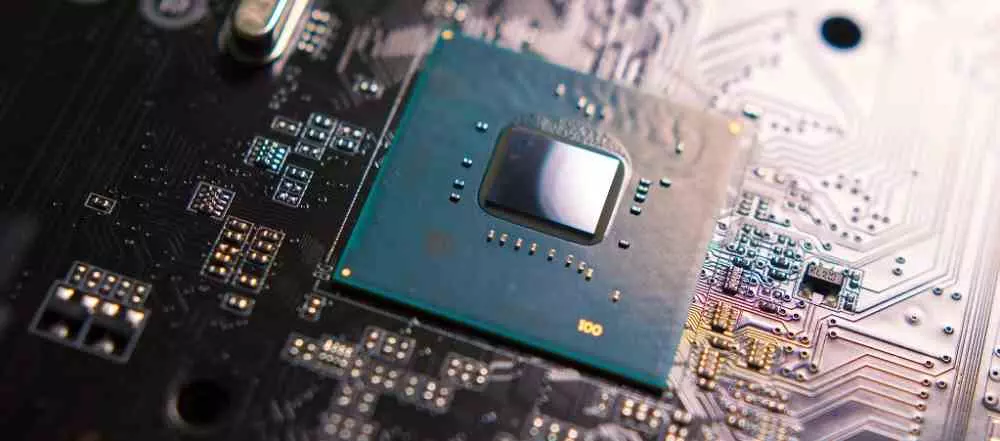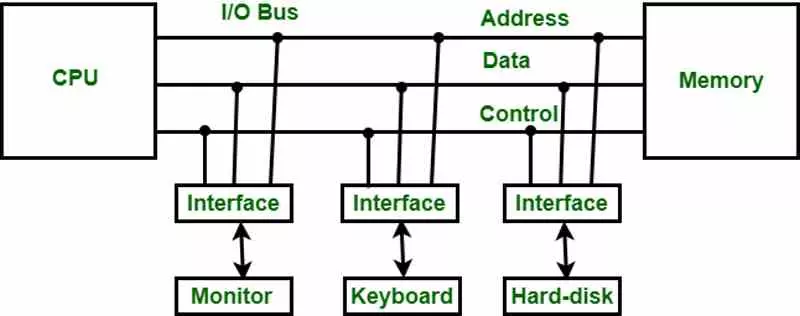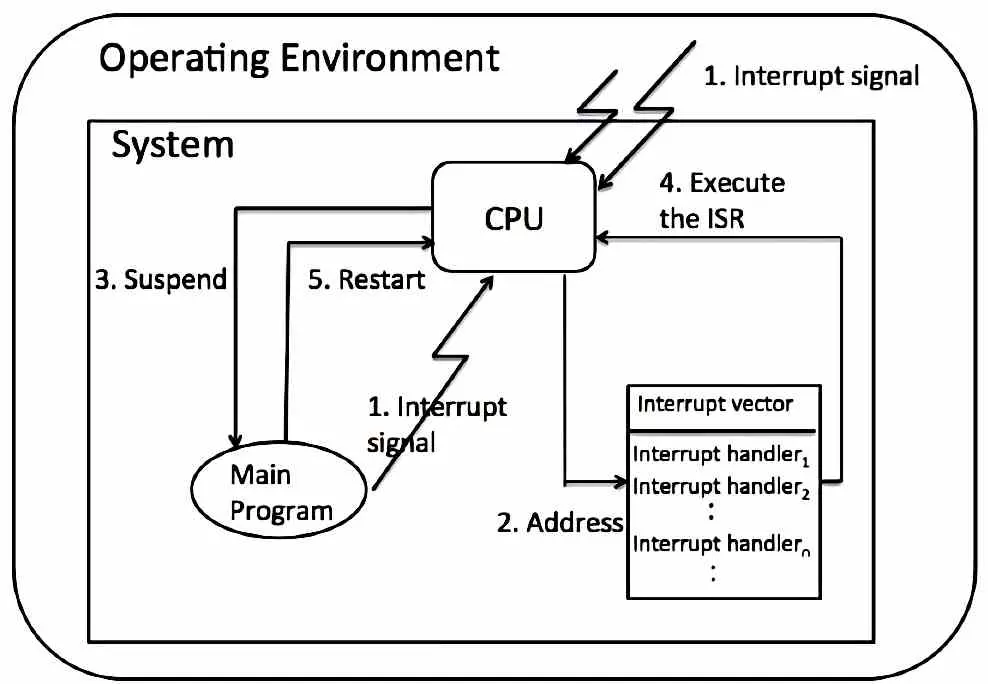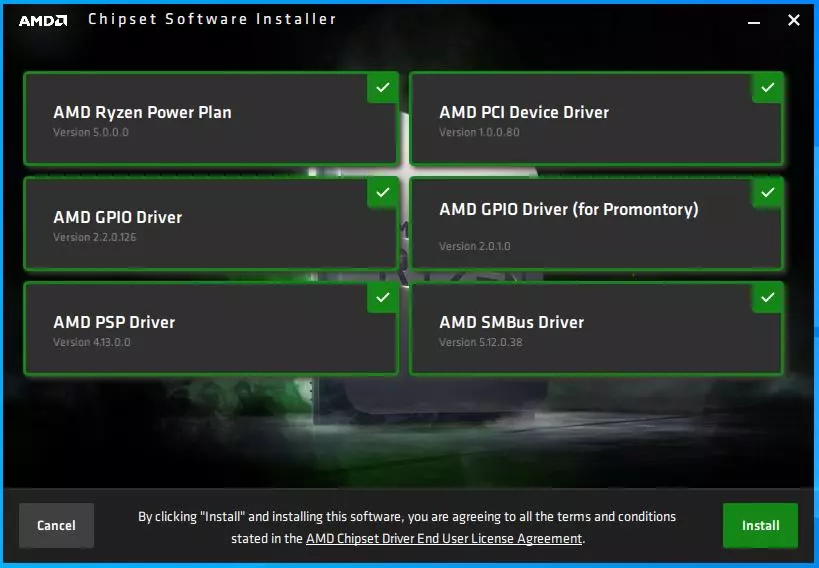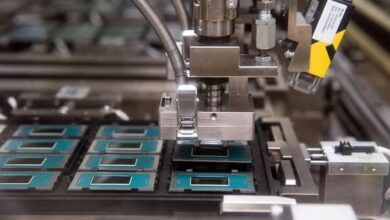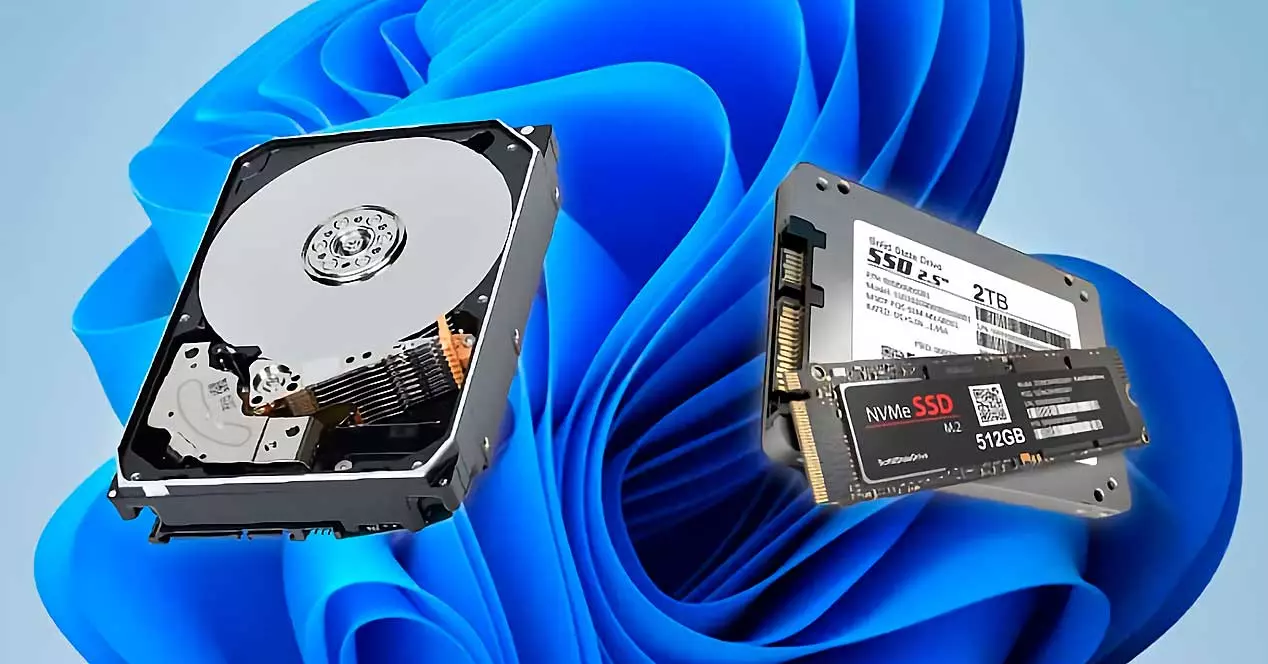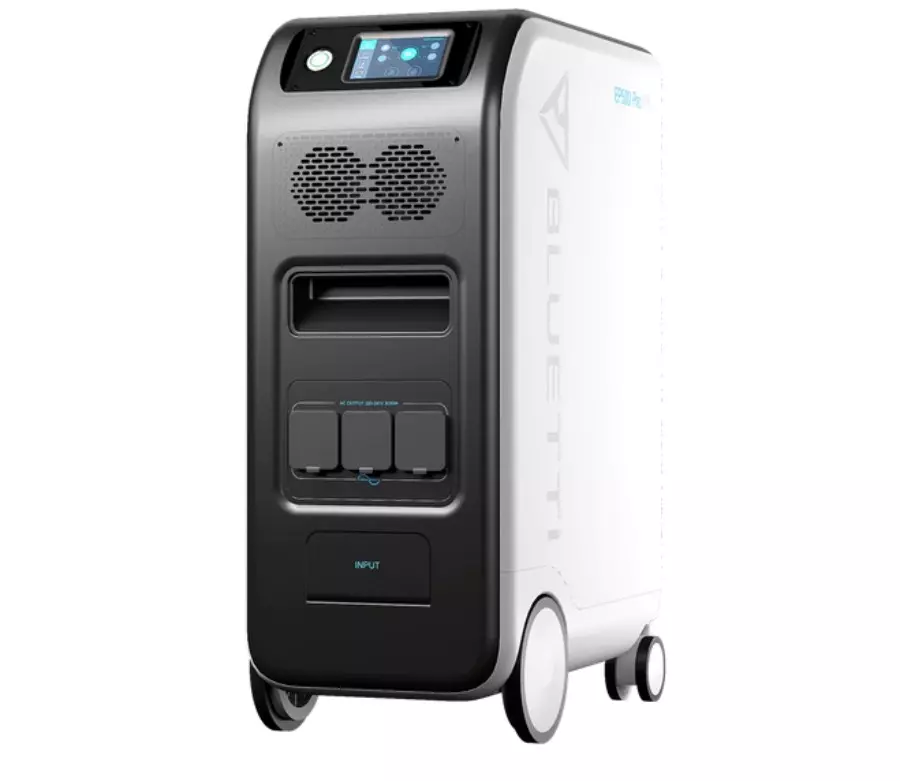
We call peripheral those components that connect to the input and output buses of the computer through communication interfaces that have been designed for this task such as USB, PCI Express, SATA. Its name is due to the fact that if we take the organization of a computer in the form of a diagram, then these would be found on the periphery. Its main job has to do with communication between the system and the user.
What types of peripherals are there?
Thus, we have three different categories of peripherals of a computer, depending on the use that is given to them.
- First of all, we have the entry such as the keyboard and the mouse that allow us to interact with the PC and send it things to do, either through gestures and clicks with the pointer or with keyboard commands.
- Then we have those of Exitthe screen being the most logical of all, since it gives us real-time information about what is happening, but we can also refer to a printer or speakers.
- To finish we have those that require both ways to work as are storage units such as hard drives, USB sticks, SSD or solid state drives. Also included in this case are expansion cards with coprocessors that relieve the central processor of certain tasks. In this case, graphics cards, sound cards, network controllers, etc. would also be included.
Keep in mind that a computer can work without the need for peripherals, an example would be the microcontroller of an appliance, which recursively executes a program without the need for an external user to enter data.
How do they relate to the motherboard chipset?
The vast majority of them, although there are exceptions, are connected to the PC through what we usually call the motherboard chipset, although today it may be integrated into the CPU. Especially in low consumption systems. This piece concentrates all the interfaces in a common point and communicates with the CPU. Its traditional name is Southbridge or Puente Sur, since in the diagrams it used to be drawn below the memory controller or Northbridge. Apart from that it is usually the traditional position where the chipset usually is on a motherboard.
Curiously, although we usually use APU as a synonym for SoC, the latter really correspond to those APUs that also integrate the peripheral controller and the communication interfaces with the different input and output ports for peripherals. However, when there is a great capacity for expansion, as occurs in a desktop PC, due to the interfaces with the peripherals of a computer, they are located on the periphery of the processor, to avoid an increase in the cost of the CPU or APU, most of these are placed in a separate chip in order to reduce costs.
How does a computer’s CPU communicate with peripherals?
It depends on the architecture, as we have two basic ways in which this is done. The first one is that the RAM and the peripherals are separate and, therefore, there are a series of input and output pins in the CPU with its own controller that allow communication between both parts. However, this is no longer used as it involves sacrificing pins for data.
Currently RAM is used for the CPU to communicate with peripherals. For this, the chipset has a unit called IOMMU that manages access to RAM together with a series of units for direct access to DMA memory. Since RAM is organized by memory addresses, certain specific parts of it can be assigned for specific tasks. Thus, it is only necessary to write in those parts reserved by the system for the peripherals of a computer so that the system processor or the peripheral receives the information.
interruptions
Some peripherals have the ability to perform what we call an interrupt, this consists of the CPU leaving the program that is currently running on the side temporarily to respond to an urgent request from said peripheral.
This is what allows that when we move the cursor and there are thousands of processes being executed we immediately see the pointer moving on the screen or when we press a key the text appears in the window on which we write at that moment or that our character react in a video game by pressing the control knob.
Computer peripherals and their drivers
All peripherals come with drivers or a controller, which is what allows the system to communicate with them directly. When an application makes a request for access to a peripheral during its execution, it does not have the permission to access, but it is the operating system that performs this task. That’s why there are different drivers for Linux, Mac OS and Windows. Even your video game console or your mobile phone has drivers, with the difference that these are already in the system and, therefore, it is not necessary to install them.
The drivers of the different peripherals of a computer are not executed as one more program, but in the private and protected space that the operating system has, to prevent a program with malicious intentions from being injected that could endanger the health of our PC and our confidential data. On the other hand, many peripherals come with setup applications that are often confused with drivers for the hardware.
